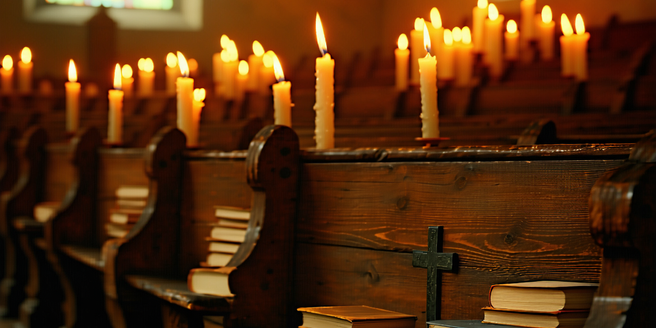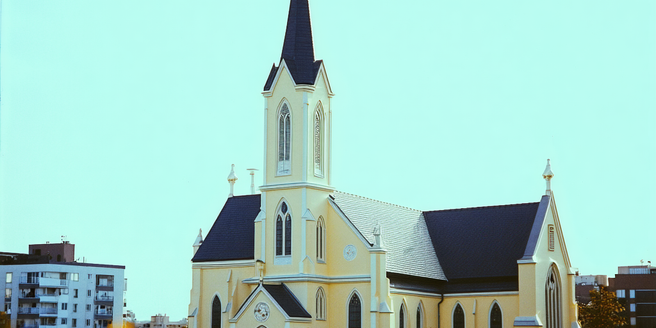Historical Origins of the Jerusalem Cross
The Jerusalem Cross, also known as the Crusaders’ Cross, has a rich historical background that traces back to the time of the Crusades in the 11th century. Originally adopted by the Crusader states, its design features a large central cross with four smaller crosses in each quadrant. This pattern symbolizes Christ’s command to spread the Gospel throughout the world, highlighting the five wounds of Christ sustained during the crucifixion. The cross has endured throughout history as a symbol of faith and perseverance. The origins of the cross are steeped in the history of Christian conquests and missions to reclaim the Holy Land, showcasing its significance as a badge of honor and spiritual warfare. The symbolism was embraced by those who sought to unite Christendom under one religious and cultural banner.
Symbolism Behind the Jerusalem Cross
The Jerusalem Cross carries profound symbolic meanings within its unique design. The central cross is surrounded by four smaller crosses, which collectively signify various elements of the Christian faith. It represents the five wounds of Christ during his crucifixion and the mission to spread Christianity across the four corners of the world. Each smaller cross symbolizes the main centers of early Christianity: Jerusalem, Antioch, Alexandria, and Constantinople. Historically, these centers have played crucial roles in the development and dissemination of Christian doctrine. Together, the five crosses also remind the faithful of the unity and universal reach of the Christian message. This design is not only a representation of faith but also a reminder of the commitment to evangelism, reflecting the historical and religious significance the Jerusalem Cross holds.
The Jerusalem Cross in Christian Tradition
Within Christian tradition, the Jerusalem Cross holds a significant place, often seen as a symbol of pilgrimage and devotion to the Holy Land. Many Christians wear or display the Jerusalem Cross as a sign of their faith and connection to the historical roots of Christianity. The cross has been used in various Christian denominations for ceremonial purposes, and it is often associated with acts of charity and peace. Its unique design, consisting of five crosses, represents the five wounds of Christ from the Crucifixion. Churches across the globe incorporate the Jerusalem Cross into their designs and emblems, enhancing their religious narrative. Its adoption by the Order of the Holy Sepulchre underscores its importance as a spiritual emblem, symbolizing the Christian mission to protect pilgrimages and the sacred sites of Jerusalem.
The Cross and the Crusades: A Historical Connection
The relationship between the Jerusalem Cross and the Crusades is etched into the history of medieval Europe. The cross became a symbol of the Crusader States established during the wars for control over the Holy Land. Worn as emblems on shields and armor, it was a testament to the Crusaders’ dedicatory mission against non-Christian forces. This emblem, with its intricate design, was meant to inspire both fear and reverence. Interestingly, the four smaller crosses surrounding a central cross on the Jerusalem Cross are often interpreted as the spread of Christianity to the four corners of the world. The cross served not only as a religious symbol but also as a rallying emblem representing the unity of Western Christendom in its endeavors. Its historical linkage to the Crusades provides insight into its dual role as both a sacred and militaristic symbol, illustrating the complexities of faith-driven conflict in medieval history.
Modern Interpretations of the Jerusalem Cross
In today’s world, the Jerusalem Cross has transcended its historical origins to find new life in modern interpretations. Many contemporary Christians view the cross as a symbol of peace and unity among different Christian denominations. Its design, with multiple crosses, serves as a reminder of the interconnectedness of global Christianity, encouraging dialogue and harmony. In recent years, its popularity has surged, leading to an increased interest in its historical and spiritual significance. Although rooted in history, the cross evolves to meet the spiritual needs of contemporary society. Jewelry designers and fashion houses have incorporated the cross into their collections, breathing new life into its ancient symbolism while maintaining its historical essence. The modern Jerusalem Cross continues to inspire those who seek a shared spiritual journey, fostering an enduring sense of community and religious solidarity.
The Cross as a Symbol of Unity Among Christians
The Jerusalem Cross has evolved into an emblem of unity for Christians across diverse denominations. Its design embodies the idea of coming together to uphold shared beliefs and missions. This universal representation has become a powerful tool for promoting peace and understanding. In a world where differences often lead to division, the cross symbolizes a call for reconciliation and communal faith efforts. It serves as a reminder of the importance of setting aside doctrinal differences to achieve a greater good. Churches and Christian organizations frequently adopt the cross to strengthen interdenominational cooperation, highlighting common goals and values. This symbol encourages dialogues that bridge gaps between traditions, fostering a sense of global Christian fellowship. As a beacon of harmonious coexistence, the Jerusalem Cross inspires believers to engage in collective spiritual pursuits.
Pilgrimage and the Jerusalem Cross Today
Today, the Jerusalem Cross remains a potent symbol for those embarking on a pilgrimage to the Holy Land. Many pilgrims adorn themselves with the cross as an outward expression of their spiritual journey and devotion. The intricate design of the cross, with its five-fold representation of the wounds of Christ, adds layers of meaning to its symbolism. As they traverse the holy paths, pilgrims often reflect deeply on the history and significance of each site they visit. It represents a connection to the sacred sites and the rich tapestry of Christian history embedded in Jerusalem. Pilgrimages offer a transformative experience, and the Jerusalem Cross is a tangible reminder of this profound voyage. Tour guides and religious leaders often utilize the cross in their itineraries, leading pilgrims to explore not only historical landmarks but also their own faith, making the journey deeply personal and meaningful.
How and Where to Find the Jerusalem Cross
The Jerusalem Cross can be found in numerous forms and locations, each representing its historical and religious significance. It is frequently encountered in religious gift shops, particularly in areas surrounding the Old City of Jerusalem. Artisans skillfully craft the cross in different materials, from olive wood to silver, allowing pilgrims and tourists to select pieces that resonate personally. Many visitors treasure these unique pieces as meaningful keepsakes from their journey. The cross’s iconic design captivates both the deeply religious and those with an appreciation for cultural artistry. Churches across the globe showcase the cross, lending it a ubiquitous presence in Christian communities. Online retailers also provide access to a variety of Jerusalem Cross designs, making it accessible to a wider audience. Whether worn as jewelry or displayed within homes, the cross continues to be a symbol of faith worldwide.
The Jerusalem Cross in Contemporary Culture
Contemporary culture sees the Jerusalem Cross adopted by a diverse array of groups and individuals, transcending purely religious uses. It has been embraced by those in the arts as a motif in music, painting, and sculpture, symbolizing heritage and identity. Its versatile design allows for endless creative interpretations. The cross thus serves as a powerful tool for storytelling and personal expression. In fashion, its unique shape and intricate design elements have become popular in various apparel and accessory lines. Influencers and public figures often wear the cross as a statement of cultural and spiritual alignment. The cross’s incorporation into popular culture reflects a blend of tradition and modernity, serving as a link between historical reverence and current identity expressions. Artists and designers continue to reimagine the cross, ensuring its relevance and influence remain strong in today’s multifaceted world.









